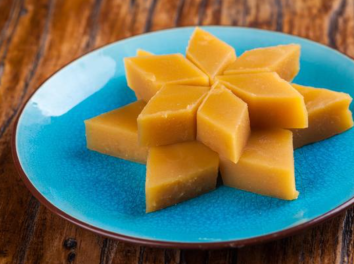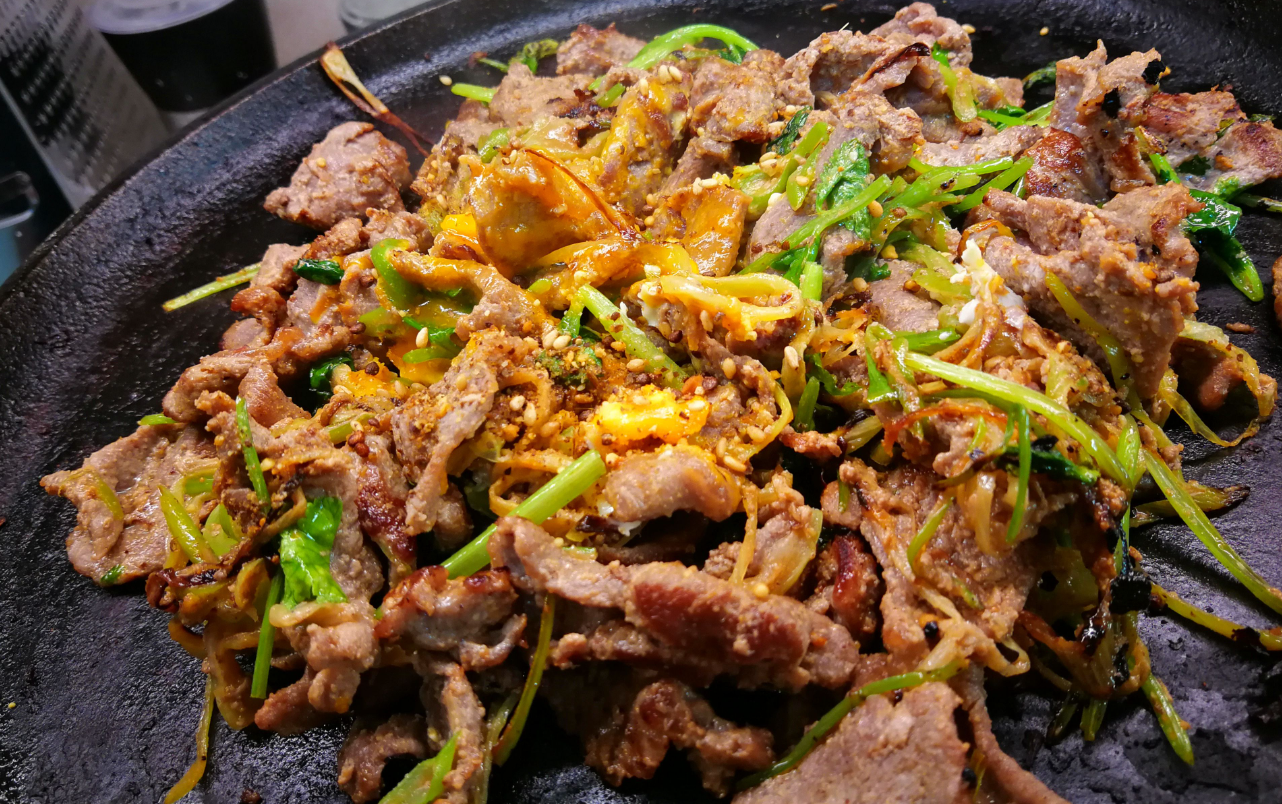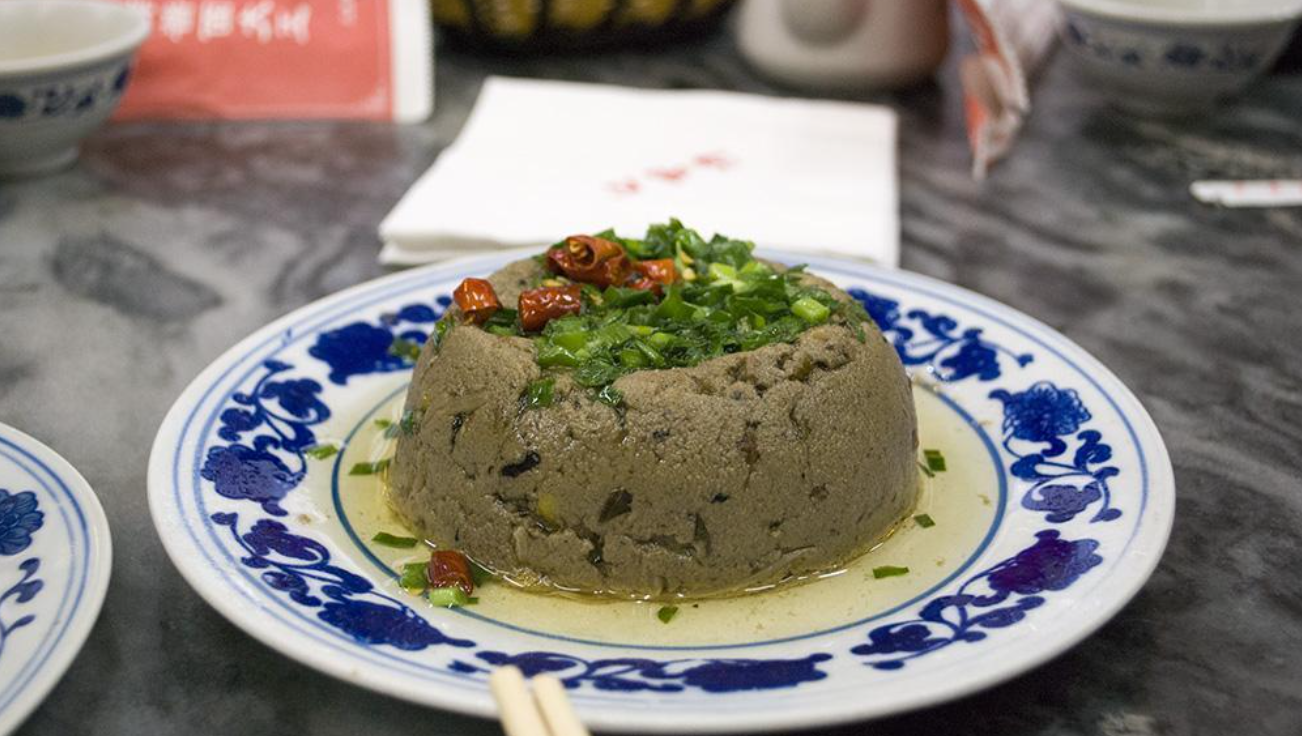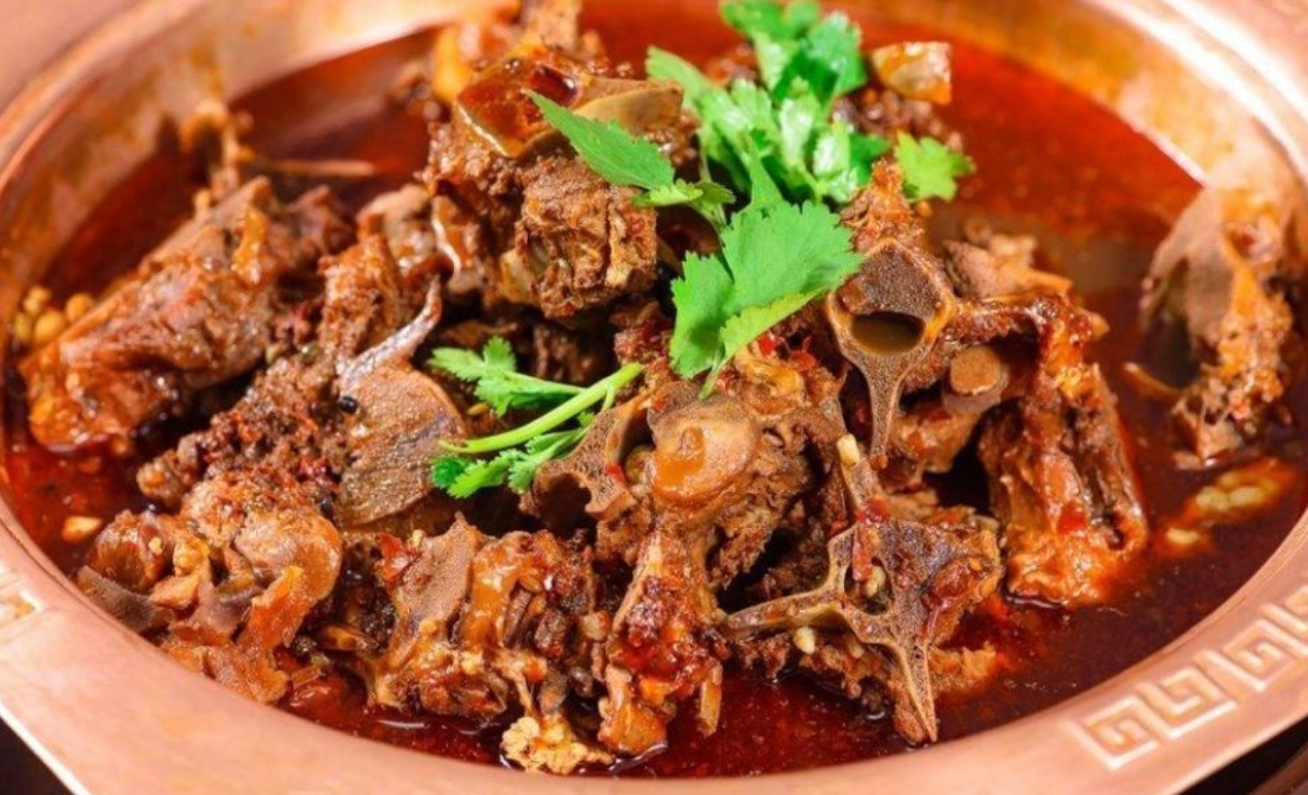Chao Gan
Chao Gan is a traditional famous dish in Beijing. It has strong local characteristics and unique flavor. Here is a detailed introduction to Chao Gan:
1、Historical origin:
Some say that Chao Gan evolved from the folk foods "Ao Gan" and "Chao Fei" in the Song Dynasty.
Others believe that Chao Gan originated from the Manchu custom of sacrificing pigs according to Shamanism and sharing the sacrificial meat. Later, the offal such as intestines and stomachs were cooked together and shared by everyone.
The more common saying is that Chao Gan originated during the Tongzhi period and was named by Yang Manqing, a reporter from "Beijing Newspaper". It was initially sold at Huixianju. Later, Huixianju and Tianxingju merged, and the production technique of Chao Gan was inherited and developed.
2、Ingredients:
Main ingredients: Mainly pork large intestine and pork liver. The processed pork large intestine is fat and tender without losing its chewiness and is an important part of Chao Gan. The amount of pork liver is relatively small and serves as an embellishment.
Accessories: Including scallions, ginger, minced garlic, yellow bean paste, and tricholoma soup. Scallions, ginger, and minced garlic are used to remove fishy smell and enhance fragrance. Yellow bean paste adds a rich soy sauce flavor, and tricholoma soup is the key to enhancing freshness.
3、Appearance characteristics: The soup is shiny and reddish-brown, in a translucent paste-like state. Inside, the pork intestine is plump and tender, and the pork liver is fresh and tender. Overall, it looks enticing in color.
4、Taste and texture: Rich and not greasy, with a strong garlic aroma. It has a moderate saltiness. The fragrance of the pork intestine and the deliciousness of the pork liver blend together. Coupled with the rich garlic fragrance, the taste is mellow. When eaten, the pork intestine is soft and glutinous, and the pork liver is smooth and tender, with a rich texture.
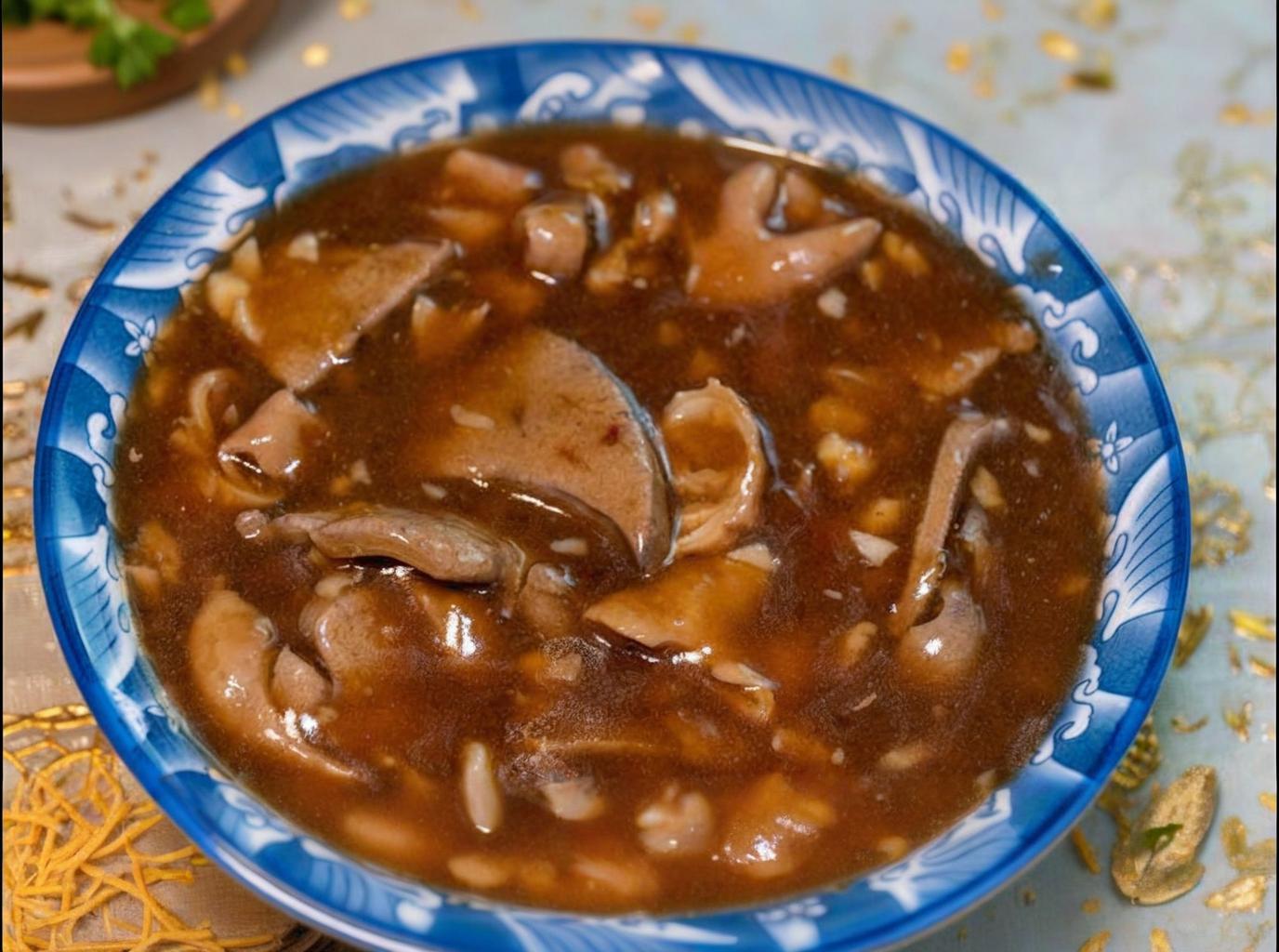
5、Production process:
Clean the pork intestine: The pork intestine needs to be repeatedly washed with water and vinegar to remove the mucus and peculiar smell on it. Then, tear the large intestine open from the side and remove the grease and foreign matter.
Braise the pork intestine: Put the processed pork intestine into water with spices (such as bay leaves, star anise, cinnamon, cloves, fennel, pepper, etc.), cooking wine, and salt. Boil it over high heat for 5 minutes to remove the foam, then turn to medium heat and simmer for about 15 minutes until the pork intestine is cooked.
Process the pork liver: After washing the pork liver, cut it obliquely into willow-leaf-shaped strips. After marinating with salt, cooking wine, pepper, starch, etc., blanch it in a pot for about 10 seconds, then take it out and pass it through hot water for later use.
Stir-fry and thicken: Pour oil into the pot, sauté scallions, ginger, and minced garlic until fragrant. Add yellow bean paste and stir-fry until it disperses and becomes fragrant. Pour in the braising soup and stir well. Add dark soy sauce, salt, chicken essence, sugar, and other seasonings. When the soup boils over high heat, put in the large intestine and cook for 5 minutes. Then put in the pork liver. Then add starch water in several times to thicken until the soup turns into a translucent paste-like state. Before serving, sprinkle minced garlic on top and drizzle with sesame oil.
6、Eating method: Traditional Beijingers have particular ways of eating Chao Gan. Usually, they stand and hold the bowl with their hands. Without using chopsticks or a spoon, they sip along the edge of the bowl with small steamed buns.
7、Cultural connotation: Chao Gan is not only a delicious food but also an important representative of Beijing's food culture. In Beijing, there are sayings such as "Zhu Bajie eats Chao Gan - harming one's own flesh and blood" and "The Chao Gan at Huixianju is not thickened - worrying and exhausting one's heart and lungs."
Today, the Chao Gan at stores like Tianxingju is relatively famous and attracts many local residents and tourists from other places. If you have the opportunity to go to Beijing, Chao Gan is one of the must-try specialty foods.
previous: No More
next: Beijing Roast Duck

